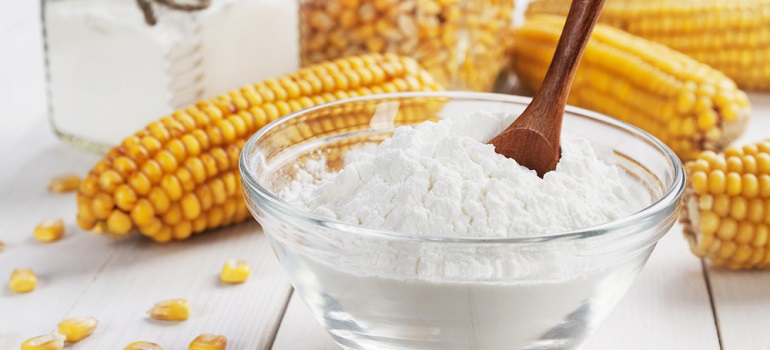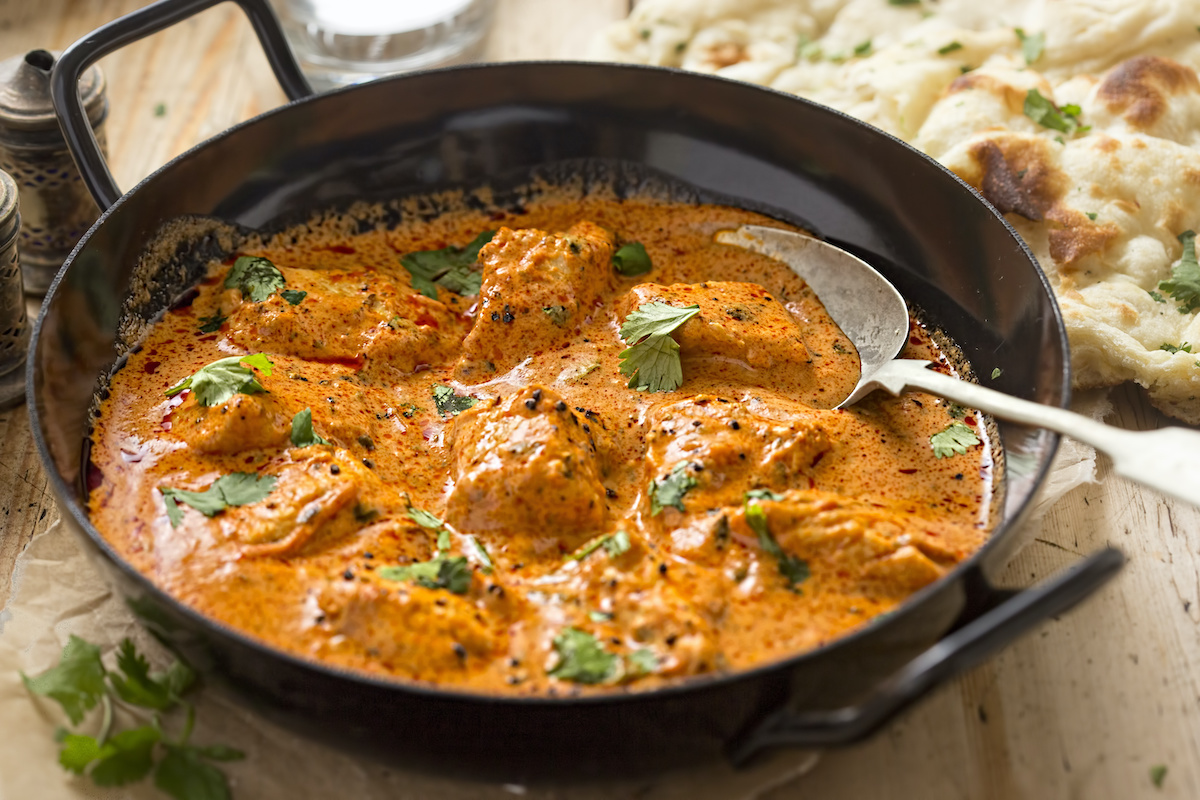Potato Starch vs Cornstarch: Unraveling Cooking Secrets
List:
1. Potato starch is obtained from grated potatoes and can be incorporated back into grated potatoes for crispy fritters.
2. Commercially available potato starch is produced by crushing potatoes to release their natural starches and then drying the starch.
3. When compared to cornstarch, potato starch has a lower gelatinization temperature.
4. Potato starch thickens liquids faster than cornstarch when heated.
5. Potato starch gives sauces a glossier texture compared to cornstarch.
6. Potato starch can be used as a substitute for cornstarch in recipes.
7. Potato starch can be used to thicken sauces.
8. Potato starch can be used to give proteins a crispy coating.
9. Potato starch can be used to make bouncy noodles in noodle dough.
10. Potato starch should not be confused with potato flour.
11. Potato flour has a drier texture compared to potato starch.
12. Potato flour is commonly used as a substitute for wheat flour in baking.

